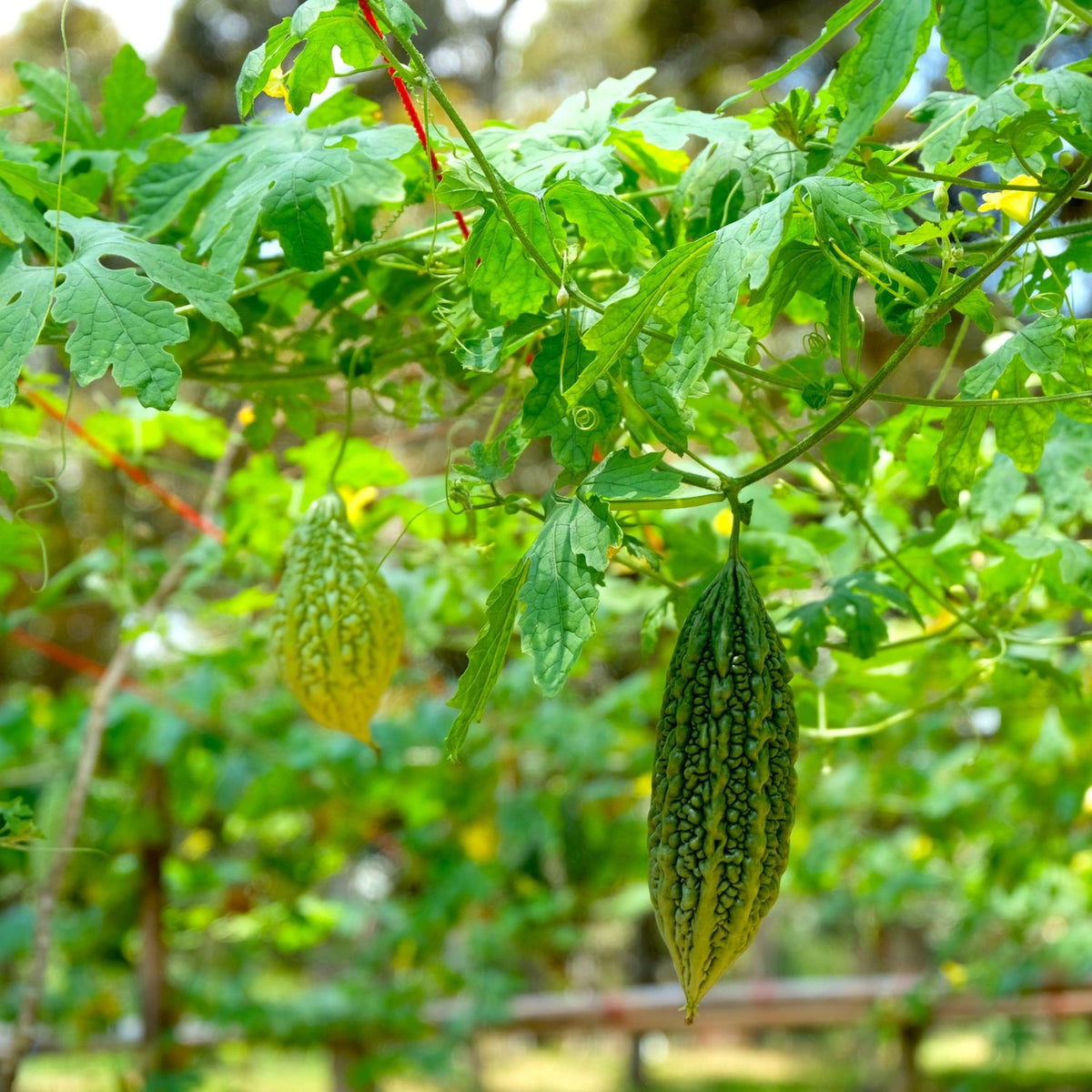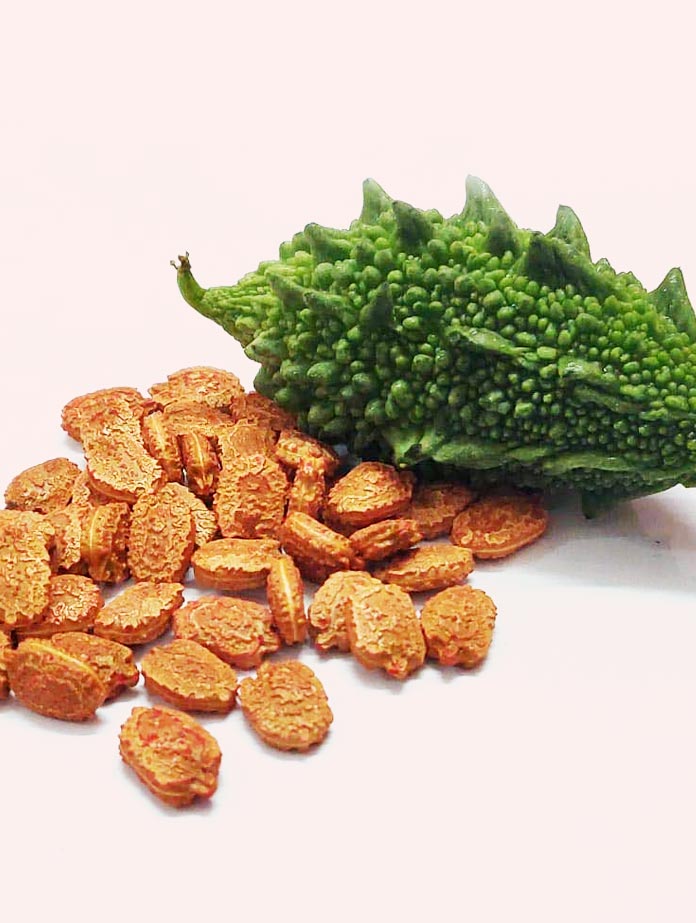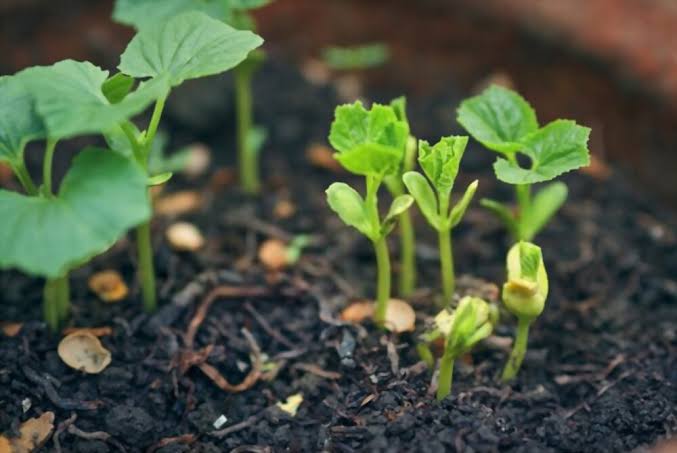Cultivating Bitter Gourd in Cocopeat: A Guide to Successful Growth
"Growing Bitter Gourd in Cocopeat: A Guide to Bountiful
Harvests"
Introduction:
Welcome to the world of bitter gourd cultivation in cocopeat! In this guide, we will explore the steps and techniques required to grow healthy and productive bitter gourd plants using cocopeat as a growing medium. Whether you are a seasoned gardener or a beginner, this poster will provide you with valuable insights and practical tips for a successful bitter gourd harvest.
1. Prepare Your Growing Area:
- Select a sunny location: Bitter gourd plants require ample sunlight, so choose a spot that receives at least 6-8 hours of direct sunlight.
- Prepare the soil: Cocopeat, an organic and sustainable alternative to soil, is an ideal medium for bitter gourd. It provides excellent drainage, aeration, and water retention properties.
- Fill containers or raised beds with cocopeat: Ensure the containers or raised beds are clean and have drainage holes to prevent waterlogging.
2. Choose High-Quality Bitter Gourd Seeds:
- Select disease-resistant varieties: Opt for bitter gourd seed varieties that are known for their resistance to common diseases and pests.
- Purchase from reputable sources: Obtain seeds from trusted suppliers or nurseries to ensure their quality and viability.
3. Sow the Seeds:
- Pre-germinate the seeds: Soak the bitter gourd seeds in water for 24 hours to enhance germination rates.
- Plant the seeds: Create small holes in the cocopeat medium, approximately 1-2 inches deep. Place one or two seeds in each hole and cover them lightly with cocopeat.
- Maintain proper spacing: Leave a distance of about 1-2 feet between each planting hole to allow ample room for the vines to spread.
4. Provide Optimal Growing Conditions:
- Watering: Bitter gourd plants require consistent moisture. Water them regularly, ensuring that the cocopeat remains moist but not waterlogged.
- Fertilization: Apply organic fertilizers or compost to provide essential nutrients. Follow the recommended dosage and avoid over-fertilization, as it can negatively affect plant growth.
- Trellising: Bitter gourd vines are vigorous climbers. Install trellises or support structures to guide the vines upward and promote better air circulation, leading to healthier plants.
5. Pest and Disease Management:
- Monitor regularly: Keep a close eye on your plants for signs of pests or diseases. Early detection allows for timely intervention.
- Natural remedies: Implement organic pest control methods such as neem oil, insecticidal soaps, or companion planting to deter pests.
- Disease prevention: Minimize the risk of diseases by practicing crop rotation, maintaining proper plant spacing, and ensuring good ventilation.
6. Harvesting:
- Timing: Bitter gourds are ready for harvest when they reach their desired size (around 4-6 inches) and turn bright green or yellow-orange, depending on the variety.
- Use sharp pruning shears: Cut the bitter gourds from the vines carefully, leaving a small stem attached.
- Regular harvesting: Harvest the mature fruits regularly to encourage continuous production and prevent overripening.

Conclusion:
By following these guidelines for growing bitter gourd in cocopeat, you can enjoy a bountiful harvest of fresh, healthy, and delicious bitter gourds. Remember, patience and consistent care are key to successful cultivation. Embrace the joy of growing your own bitter gourds and savor the unique flavors they bring to your culinary adventures!








Comments
Post a Comment